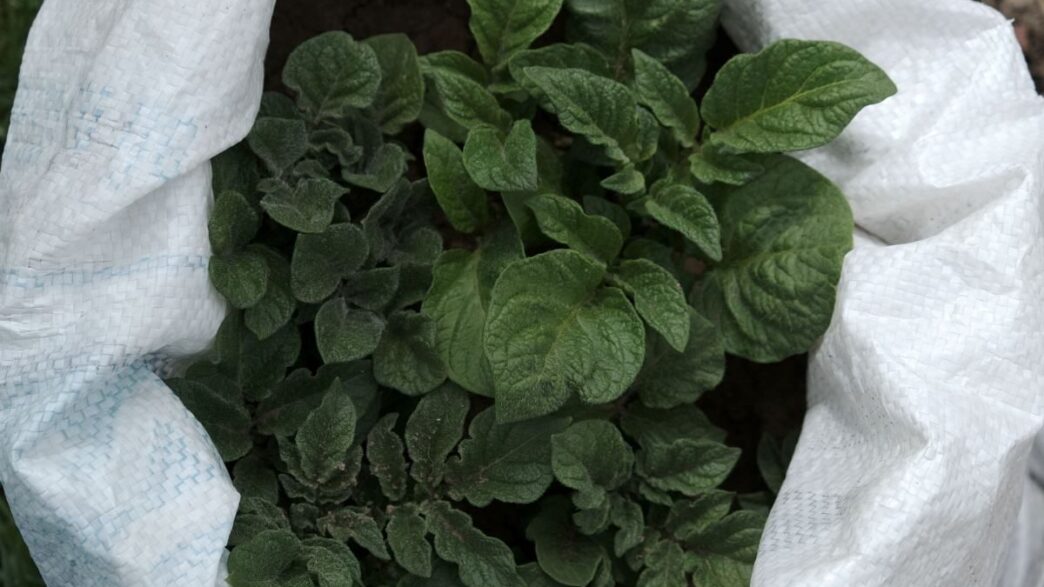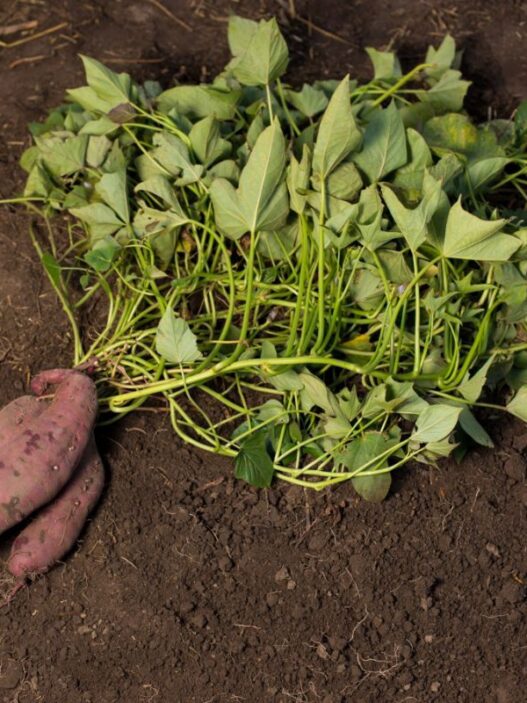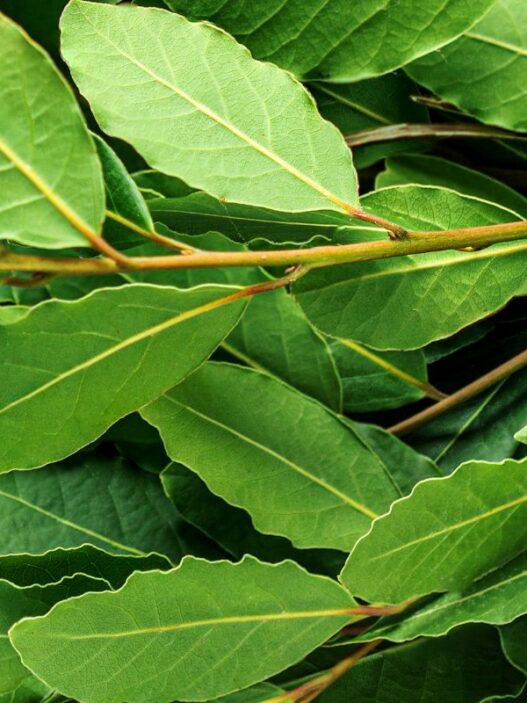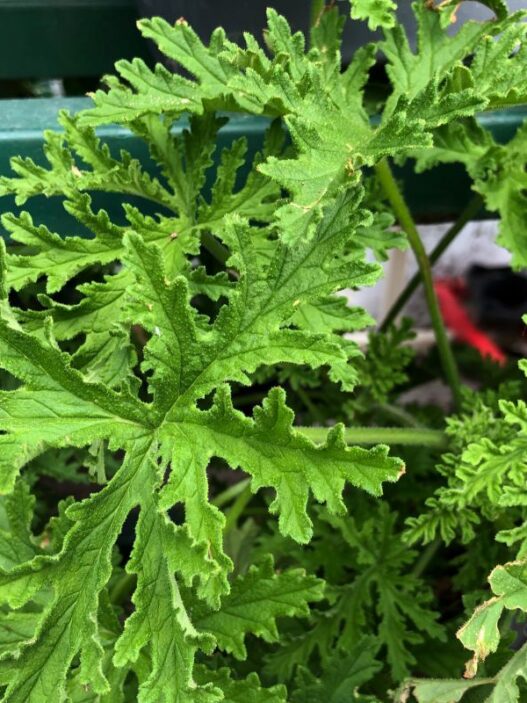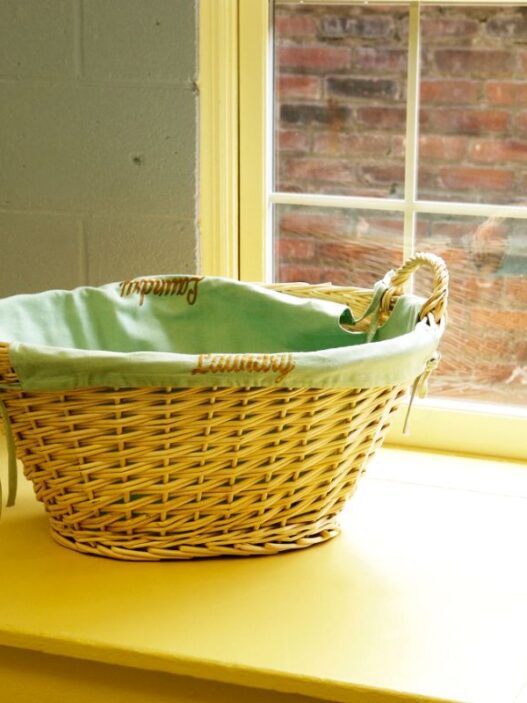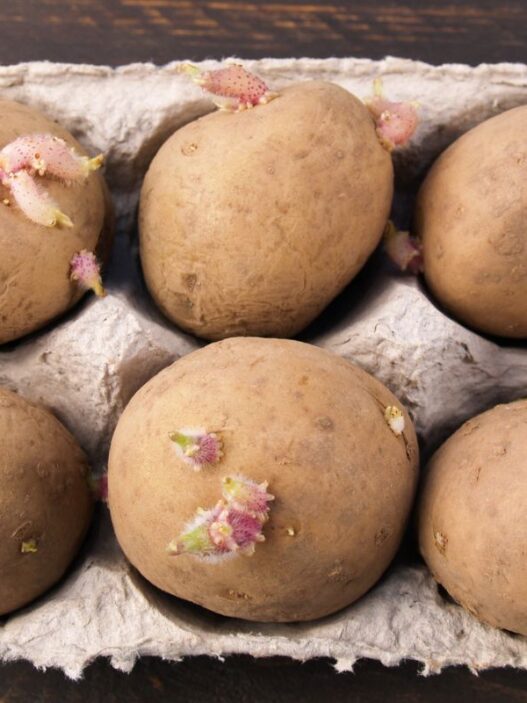Growing potatoes in bags has become a convenient option for urban gardeners and people with limited space. Having tried it myself, I can tell you that despite its convenience, you may encounter a few problems growing potatoes this way.
The seven main problems of growing potatoes in bags are:
- They require more watering
- The bag limits the amount of proper drainage
- They require more fertilizing
- Some bags aren’t environmentally friendly
- Some have low durability
- They can’t protect your potatoes from the cold
- They aren’t aesthetically pleasing
Some problems you may face include increased requirements for watering and fertilizing, improper drainage, low durability, and a few others.
In this article, we’ll go through seven problems with growing potatoes in bags and how to avoid them so you can have an abundant potato harvest.

7 Problems With Growing Potatoes in Bags
People like using grow bags because they’re a convenient and space-efficient way of growing potatoes.
They’re easy to move around, you can choose the type of soil to use, and you can fill them more easily by adding more soil as the vine grows.
Grow bags also make it easier to harvest your potatoes. Instead of digging around for them, simply tip the bag over and the potatoes will fall out without getting damaged.
However, despite their many advantages, you may need to watch out for a few challenges with growing potatoes in bags. Here are the main 7 problems:
1. They Require More Watering
One of the biggest cons of using a grow bag is they need more watering than traditional pots.
Grow bags are usually made of porous material, such as felt or other non-woven fabric.
Their material allows better aeration and drainage but dries out the soil quickly. As a result, you may need to water your plants more frequently, at least once a day in the summer.
You should keep a close eye on your grow bags to ensure the soil is moist but not waterlogged.
2. Improper Drainage
While grow bags tend to be well-draining, you can still encounter this problem if you’re using the wrong soil.
If you use regular garden soil, it may become compacted, reducing its ability to drain water effectively.
If the soil in your grow bag becomes waterlogged, your potato plant may experience root rot.
Some gardeners recommend that the best soil for growing plants in bags is a combination of compost, vermiculite, and peat moss. You should look for potting soil with these ingredients or make your own.
Soil with these ingredients is perfect for grow bags because they’re lighter than regular garden soil. However, they retain enough moisture to prevent the soil from drying out.
3. They Require More Fertilizing
When you grow potatoes in containers like grow bags, they have a limited amount of soil to get nutrients from. Frequent watering can wash away some of the essential nutrients in the soil.
That’s why potatoes growing in bags need more frequent fertilizing compared to those planted in the ground.
You should add slow-release fertilizer to your soil before planting to ensure a continuous supply of nutrients to your potato plant as it grows.
Carefully follow the instructions provided in the slow-release fertilizer packaging. After planting, you should also feed your plant with a diluted liquid fertilizer every other week.
4. Some Aren’t Environmentally Friendly
Grow bags are made from a variety of materials, from felt to recycled plastic.
Some grow bags may not be environmentally friendly because they aren’t biodegradable.
Some grow bags are made from poly-plastics which are more durable than fabric but aren’t biodegradable. Avoid polyvinyl chlorides and number seven plastics, which can leach into the soil and cause health problems.
You should look for grow bags made of natural fabrics, like the following:
- Canvas
- Burlap
- Cotton duck fabric
- Heavy wool
These materials are biodegradable and safe for plants.
5. Some Have Low Durability
Grow bags typically have shorter lifespans than traditional pots and other hard-bodied containers.
According to some gardeners, fabric grow bags can last up to three seasons while other materials can last up to eight.
However, whatever material you use, your grow bag will need replacing eventually. If yours need replacing frequently, costs can add up.
Materials like polypropylene fabric or heavy-duty landscaping fabric are expensive but more durable. Though they’ll cost more upfront, you may need to replace them less frequently.
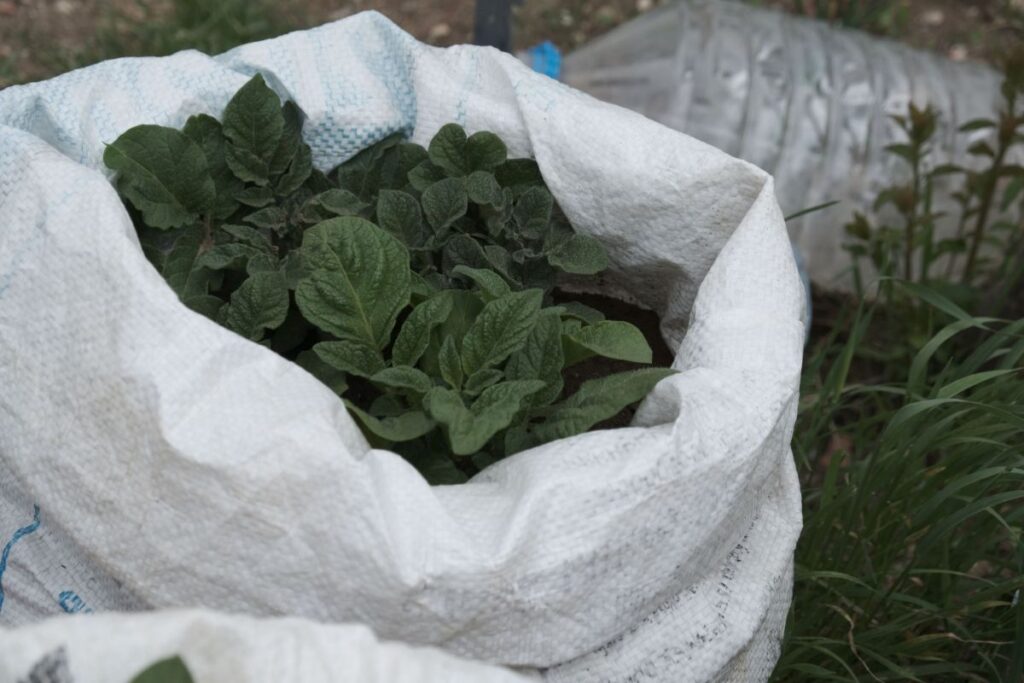
6. They Can’t Protect Your Plant from the Cold
Grow bags are porous and well-aerated, which helps prevent overwatering and root rot. Another advantage to aeration is it allows roots to self-prune.
Self-pruning roots naturally stop growing when they reach the air, preventing root circling and promoting a healthier root system.
However, this breathability can become a disadvantage in cold weather. When left in the cold, grow bags can cool faster than other containers.
Potatoes are sensitive to cold temperatures, so you need to take extra care if your area experiences cold evenings. Check weather forecasts regularly to see if your grow bag needs extra insulation in the evenings.
7. They Aren’t Aesthetically Appealing
Despite the convenience grow bags offer, they aren’t as aesthetically pleasing as traditional pots. Grow bags are usually made more with function in mind and lack the polished and decorative look pots have.
However, this may not be a problem for you if you prioritize practicality over appearance.
Grow Bags vs. Pots vs. In-Ground
Now that you know some common problems gardeners face with growing potatoes in bags, you may have a better idea of which method you want to use.
To further help you decide, here’s a summary of how different aspects of grow bags compare to traditional pots and planting in-ground.
| Aspect | Grow Bags | Traditional Pots | In-Ground |
| Watering | Once a day | Every 1-3 days | one inch per week |
| Fertilizing | Every other week | Every other week | Every four weeks |
| Drainage | Good | May vary | Good |
| Root Growth | Air pruning of roots | Restricted root growth | Extensive root growth |
| Harvest Efficiency | Easy to harvest | Easy to harvest | Requires digging |
| Space Efficiency | Suitable for limited space | Suitable for Limited space | Requires large space |

